Key takeaways
- Tersus enables major fashion brands to scale their resale and repair programs through innovative, low-impact cleaning and logistics services.
- Its liquid CO2 cleaning technology reduces waste and preserves product quality, keeping apparel in circulation longer.
- Investing in circular infrastructure helps brands find new revenue streams while meeting consumer demand and satisfying emerging regulations.
Tersus Solutions sorts, cleans and ships clothing and shoes for the branded resale storefronts of about three dozen companies, including The North Face, Patagonia, Dr Martens and Eileen Fisher. Items by Lululemon, its latest partner, are quickly filling up the company’s distribution center at its headquarters in Englewood, Colorado.
The secret ingredient in its high-pressure washing machines is carbon dioxide, which it recaptures and recirculates for future cleaning cycles. This low-impact, nearly waterless way of spiffing up used merchandise has enabled Tersus to become a linchpin in the emerging circular economy for outdoor brands and contemporary fashion.
“This is how a brand can disrupt itself,” said CEO Peter Whitcomb. “You already made a product, now get more use out of it. It’s an annuity.”
Online resale grew by 23 percent last year and could reach $40 billion in the U.S. by 2029, according to the ThredUp 2025 Resale Report released in March. In 2019 only a handful of brands ran resale storefronts. Now it’s more than 160.
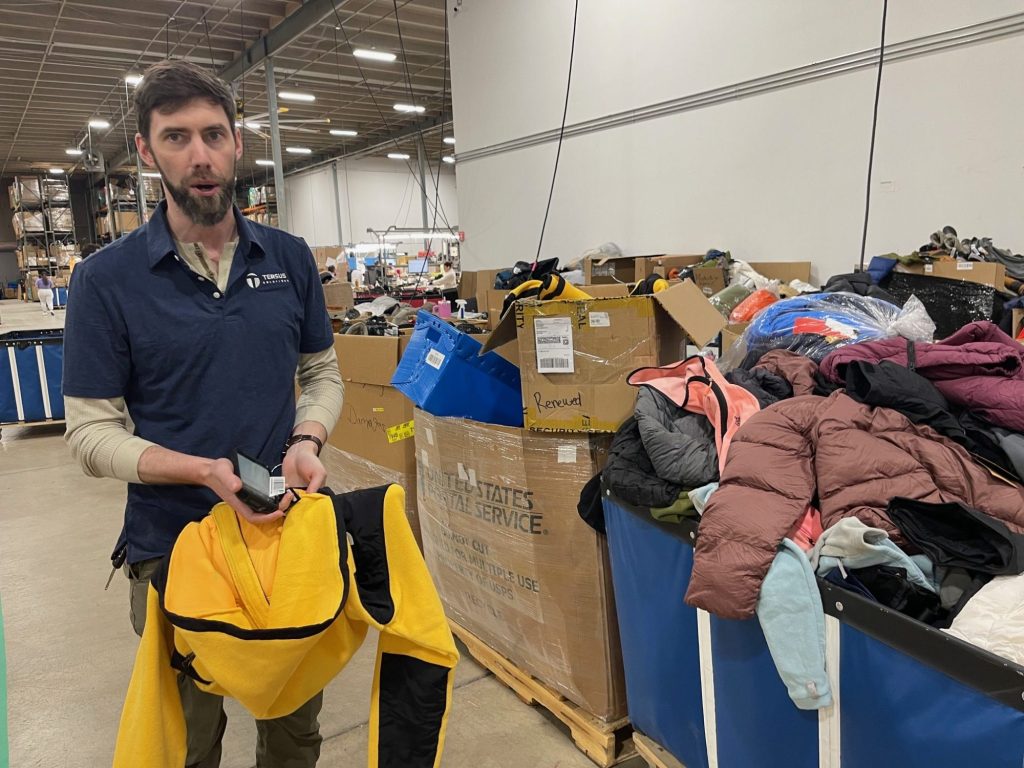
Tersus is poised to ride that growth wave, especially if the White House’s erratic tariff actions drive more shoppers to secondhand. The company also expects the 25,000 repairs it handles annually to climb quickly. One nudge is California’s extended producer responsibility legislation, which in July 2026 begins requiring apparel companies to take action on products after their end of use. Trending right-to-repair legislation may provide another boost.
“There are all these different ways in which they are becoming the hub for the future of circularity,” said Nancy Rhodes, co-founder and CEO of New York startup Alternew. Her company announced on April 23 a partnership with Tersus to test how the two can use tailors across the U.S.
E-commerce resale programs — such as The North Face Renewed and Dr Martens Rewair — make up a small fraction of brands’ overall sales. And brands like them because rather than cannibalizing sales of new items secondhand listings attract budget-hampered consumers to brands they otherwise couldn’t afford.
Tersus’s three businesses include secondhand cleaning, repairs and shipping for brands; decontaminating chemical-laden firefighting gear for fire departments; and recycling down, which it sells to brands or wholesalers. The company turns over more than 90 percent of what it processes in a given month.
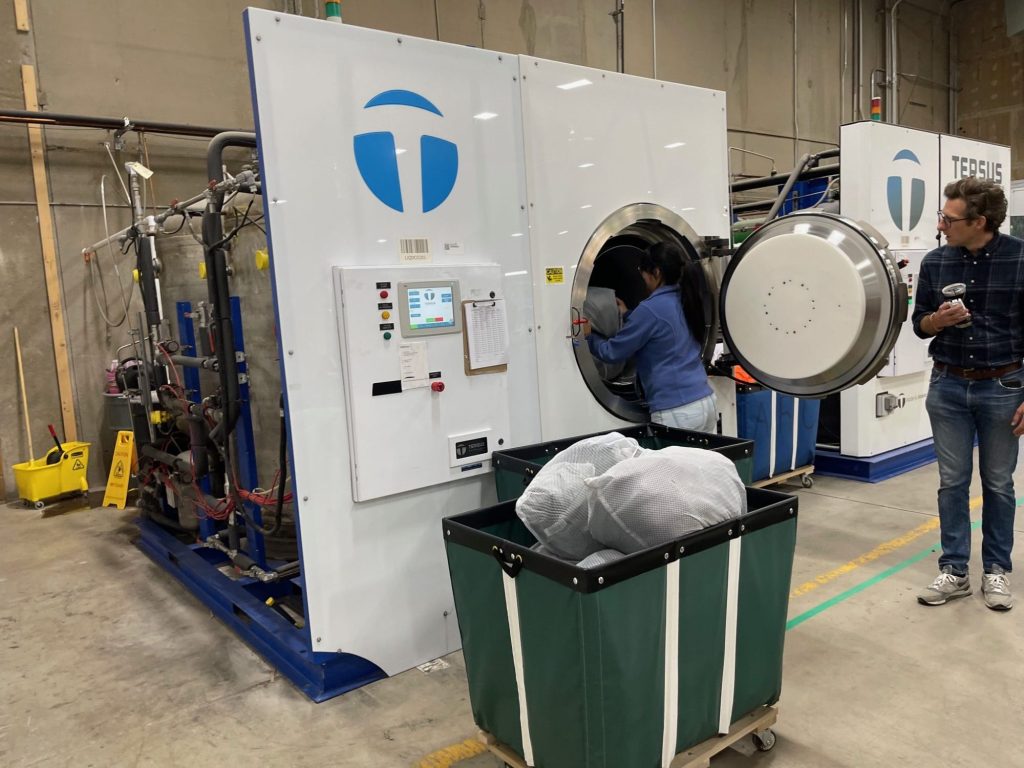
“Zero things we touch go to landfill,” said Whitcomb, noting that items that it can’t rescue or remake wind up donated or recycled. Tersus recently expanded its space for sorting, cleaning and shipping to roughly 100,000 square feet.
The back story
As the head of circular commerce at REI before the COVID pandemic, Whitcomb needed to clean 100,000 sleeping bags for the brand’s rental program. He contacted Steve Madsen, who had developed a novel method of dry cleaning that he spun into Tersus Solutions in 2009. Masden had built relationships with outdoor brands including the Worn Wear resale program that launched in 2012 for Patagonia, Tersus’s biggest outside investor.
After a stint leading partnerships with San Francisco-based reverse logistics company Trove, Whitcomb joined Tersus as president in 2021.
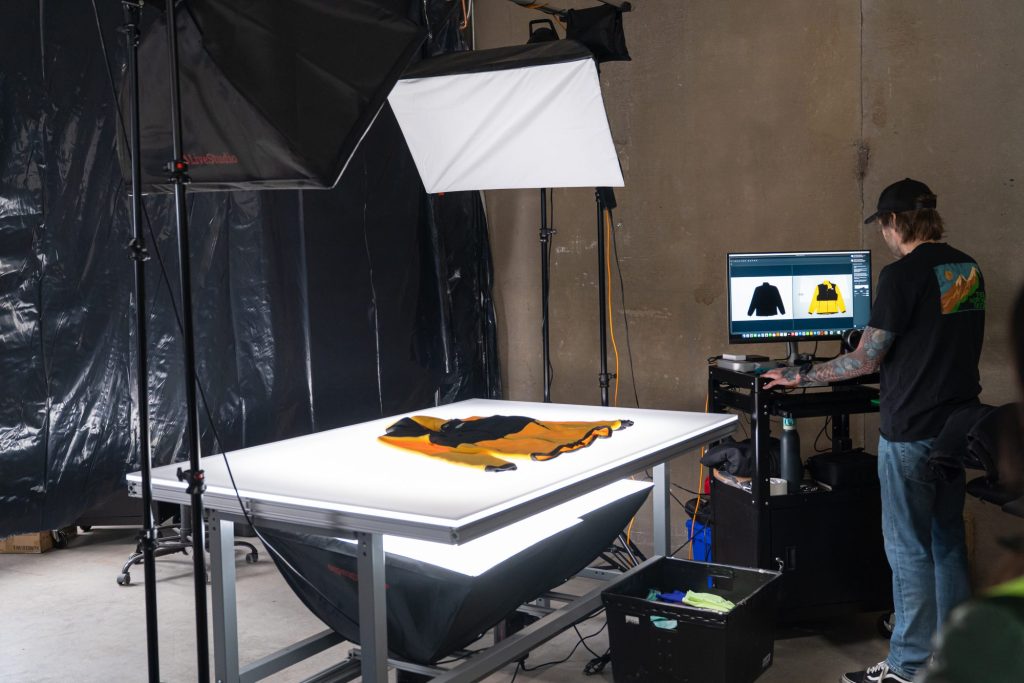
Tersus handles apparel and footwear mostly from consumer returns. That includes new-condition items rejected for size or color. “Someone wore these, but they still have the tag,” Whitcomb said, holding up sneakers, connected at an unwalkable distance by a tag. “This is a common use case.”
Other incoming merchandise includes older clothes and shoes that people returned to a brand’s take-back program in exchange for store credit. Tersus also repairs goods damaged while under warranty.
Over the past six months, more companies have been asking about repair options. That’s a massive shift, according to Tersus.
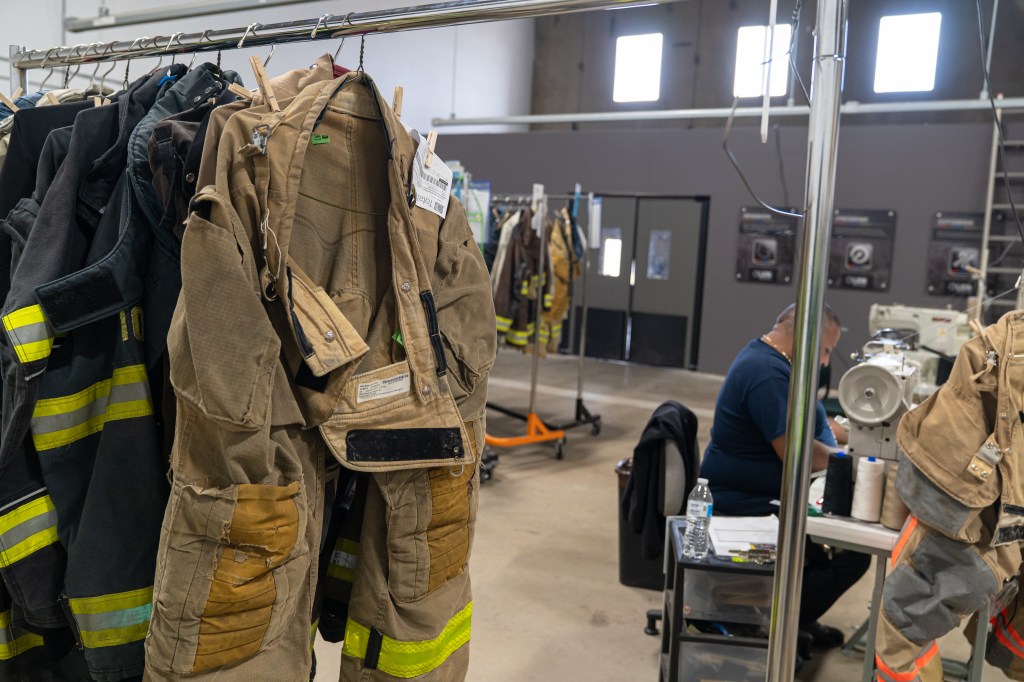
The material flow
Delivered via truck, row after row of boxes packed with returns from from multiple brands occupy Tersus’ plant floor.
“We see all sorts of weird stuff,” Whitcomb said, like trucked shipments contaminated by mold or garlic. Tersus lays out rancid-smelling items in the sunshine before bringing them indoors, piece by piece.
Each product’s path through Tersus starts when a staff member inspects, identifies and grades its condition, logging details into computers running Archive or Trove software. They add a bar code tag to the inside of the garment for tracking purposes.
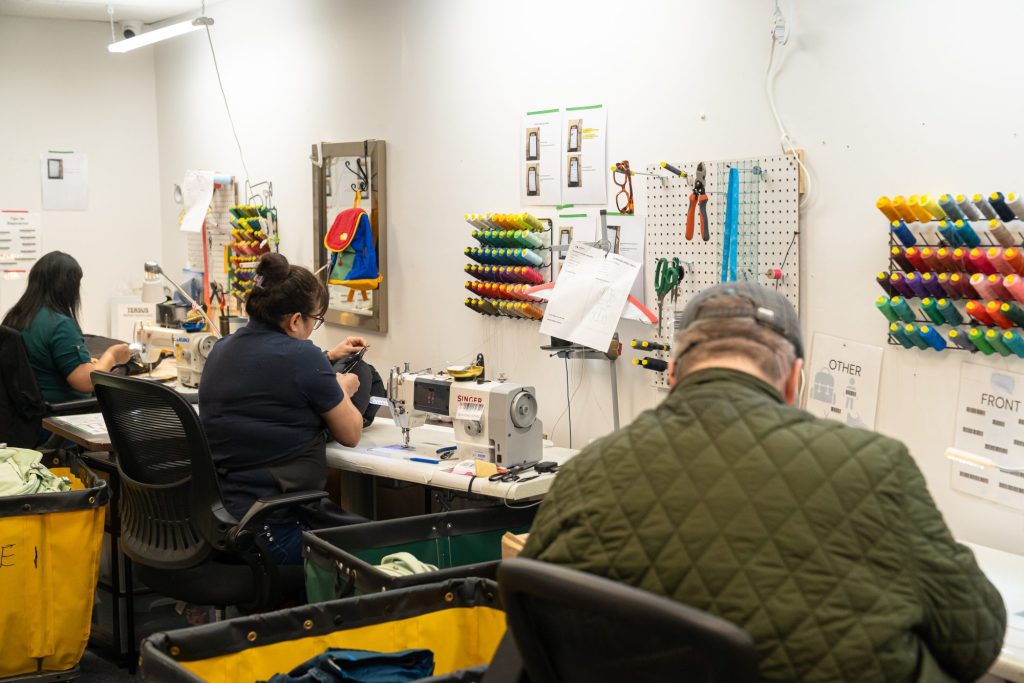
Digital product passports that assign unique identifiers to new products might eventually eliminate this manual labor, but Whitcomb doesn’t expect that to happen soon. That’s because Tersus sometimes processes items that are a decade or two old. Some may cycle through more than once, he noted.
Goods eventually land next door in the fulfillment center for shipping. Tersus ships out tens of thousands of products each month.
The technology
Tersus tosses nearly all apparel and shoes, bag by bag, into its liquid CO2 cleaning machines, about 100 pounds at a time. It neither uses traditional dry cleaning chemicals, such as the recently banned perchloroethylene, nor the solvents used by “green” dry cleaning shops.
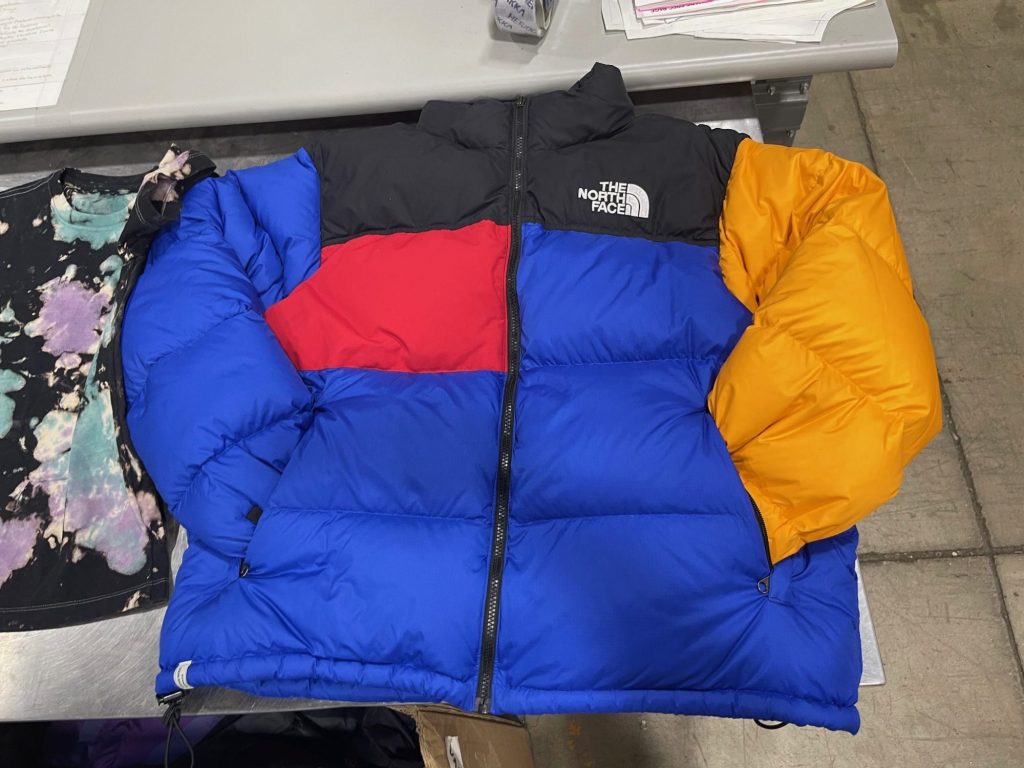
Madsen, Tersus founder and chief technology officer, invented a low-waste cleaning system. The CO2 machines look like regular laundry equipment on steroids, with their innards exposed on the sides. As internal pressure builds to up to 950 pounds per square inch, the CO2 gas liquifies. The machines run at close to room temperature. The original prototype, from 2011, still runs daily.
The washing drum jostles the garments gently. This preserves garment colors and water repellent coatings, and sheds minimal microfibers, according to Madsen, who added that stains and oils come off easily come off. At the end of the cleaning, pressure comes down, returning the CO2 to gas form. Items come out cool and dry.
The company reuses 96 percent of the CO2 and captures microfibers and chemicals such as per- and polyfluoroalkyls (PFAS).
After cleaning, the photography lab occasionally documents clothes with unique features or flaws.
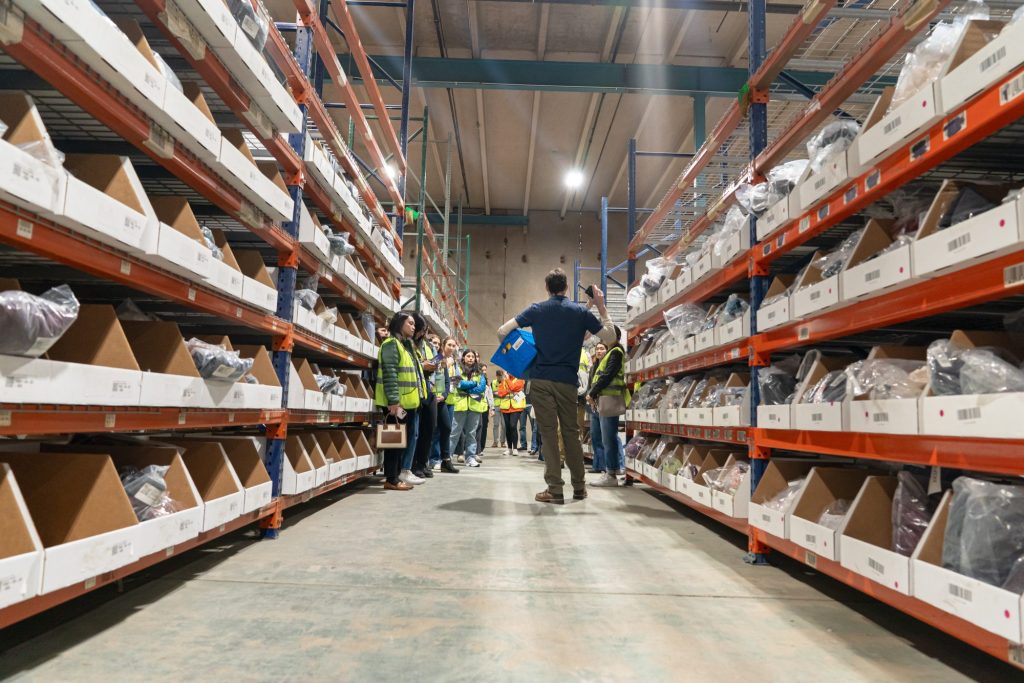
The North Face, 20 minutes away in Denver, occupies a special corner of the Tersus plant. Here, the outdoor brand’s Remade creations, such as jackets with mismatched sleeves and bodice, emerge from melding imperfect garments. “Five years ago, those would have gone to an incinerator,” Whitcomb said.
This differs from mundane repairs that restore apparel to like-new condition. A refurbished shirt, for example, might feature Tersus’s own sewing thread, or an industry-standard YKK zipper instead of one with a branded pull.
Average repair time is 13 minutes. Tersus sends repair data, which can reveal failure patterns in garment production, to customers.
Once an item is ready to ship, a staffer wraps a branded paper “belly band” around it and slips it into a plastic mailer. The return address is Tersus Solutions.




